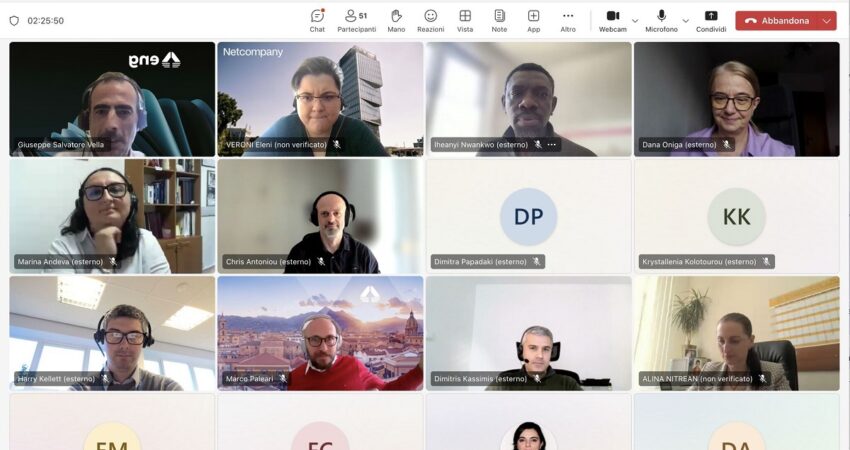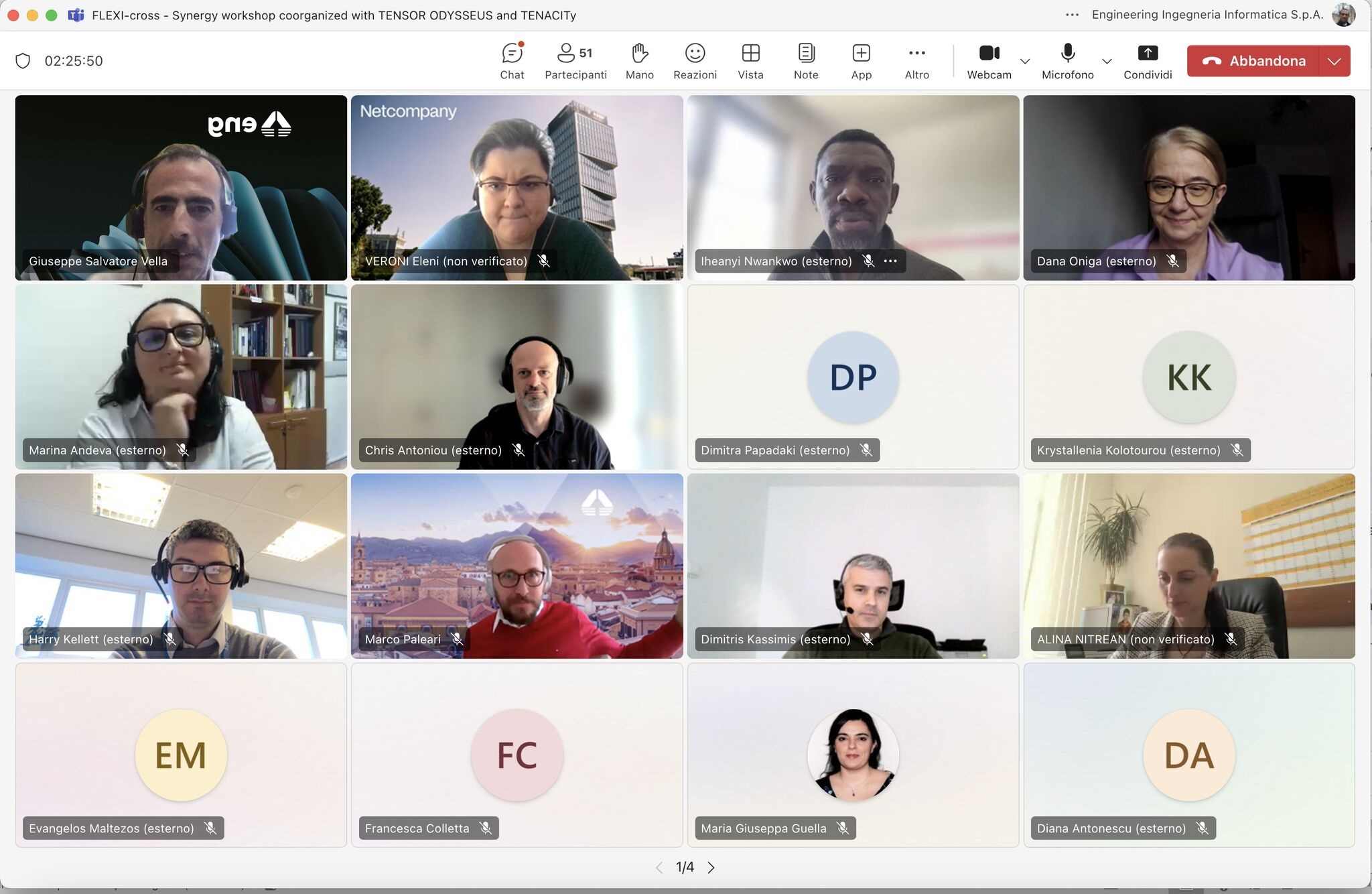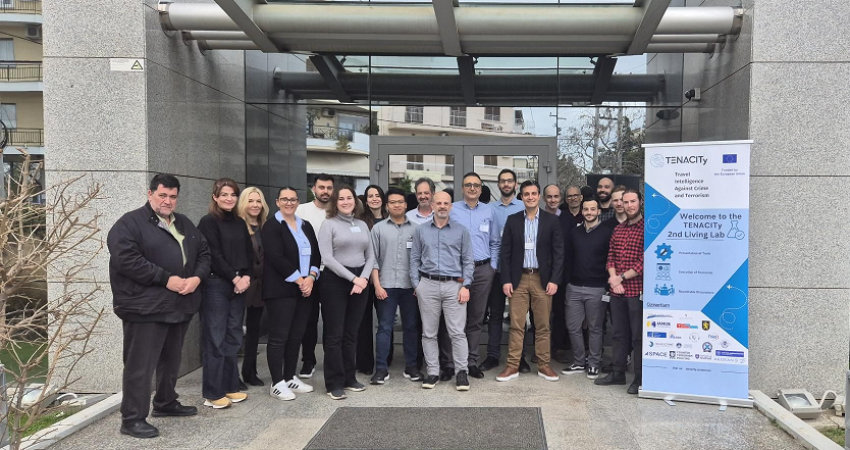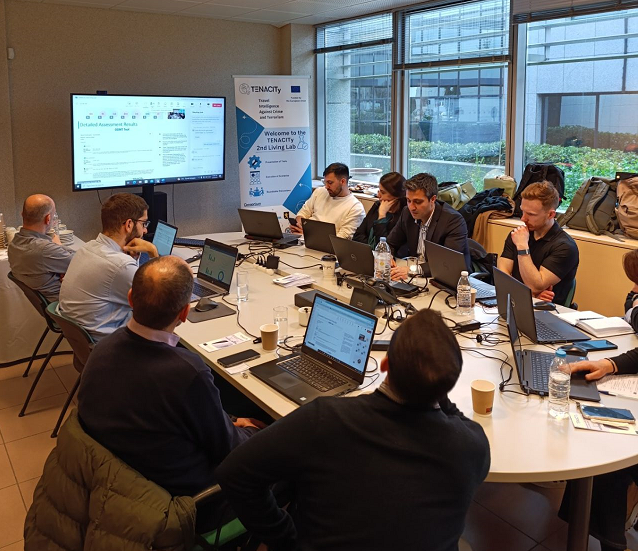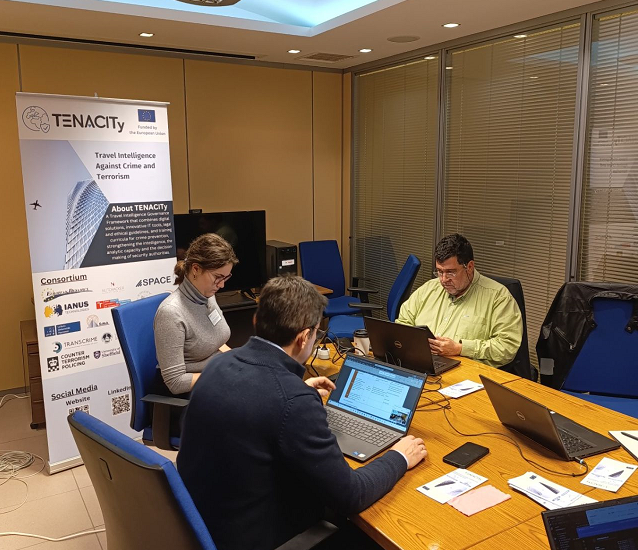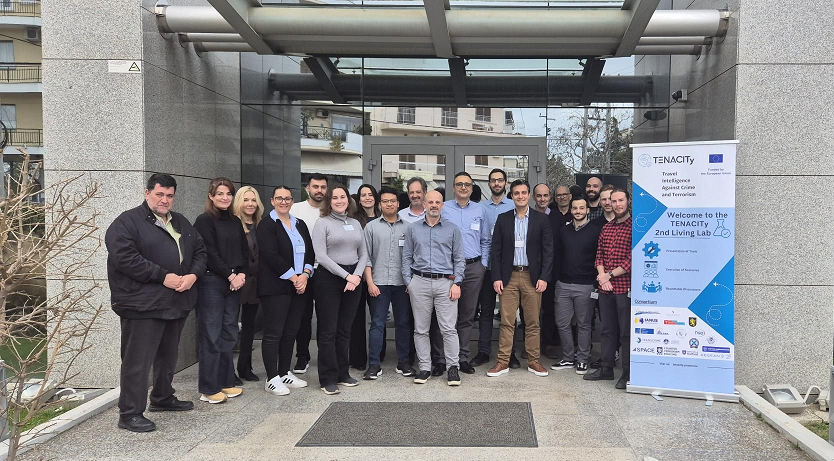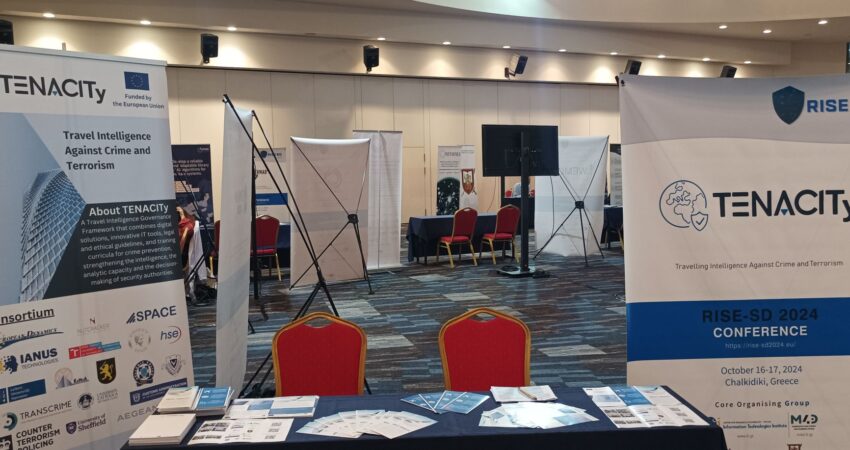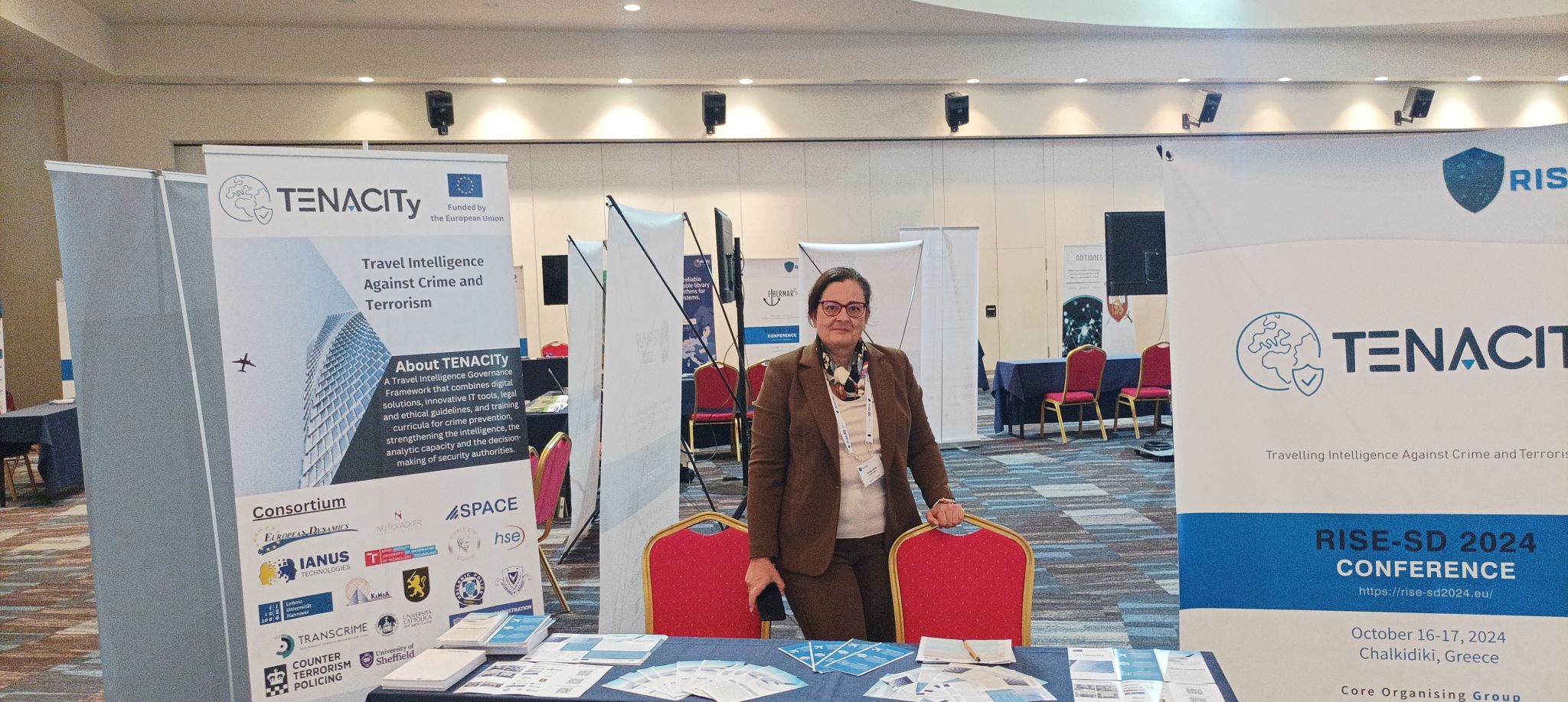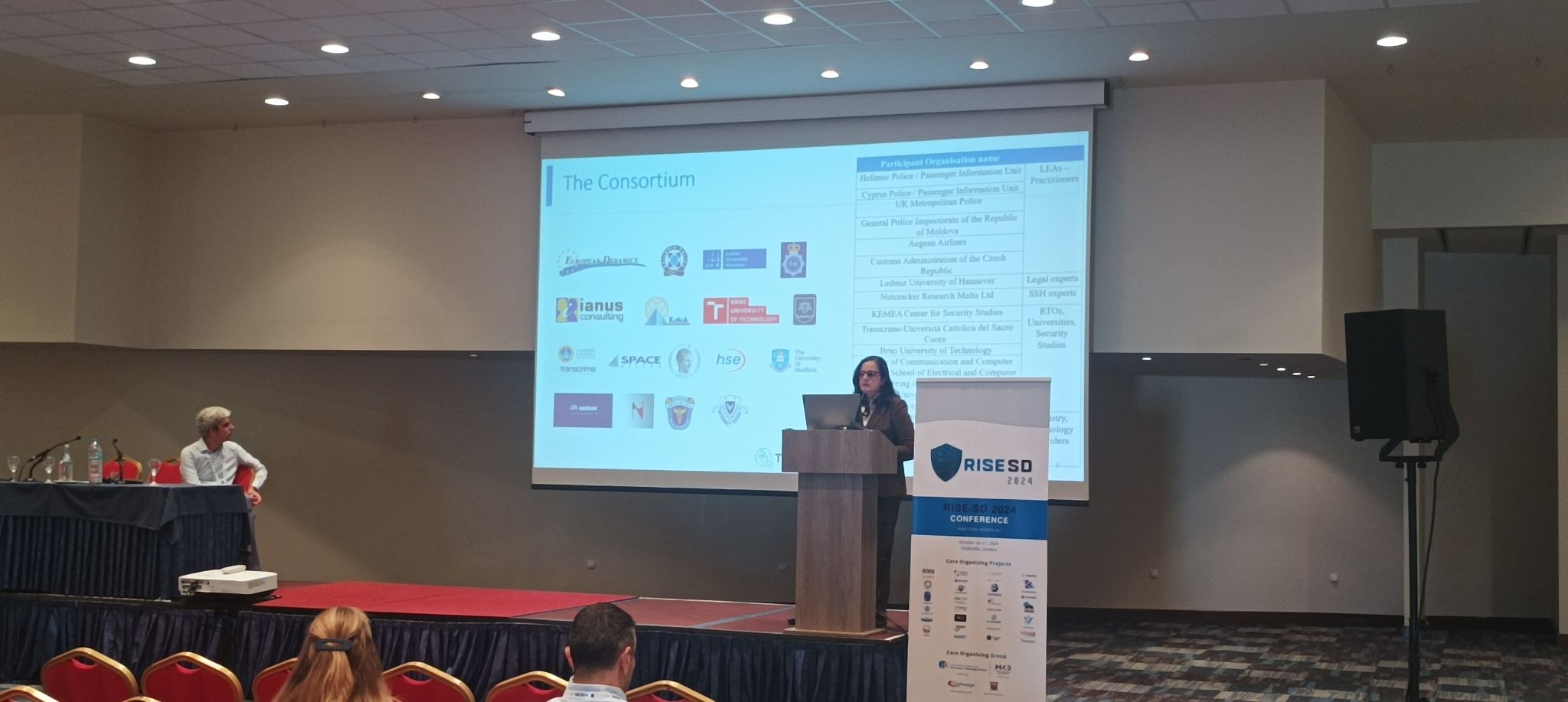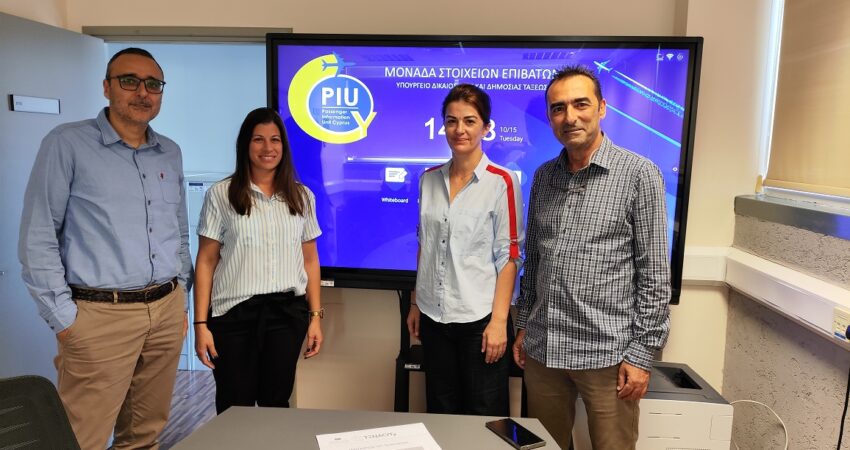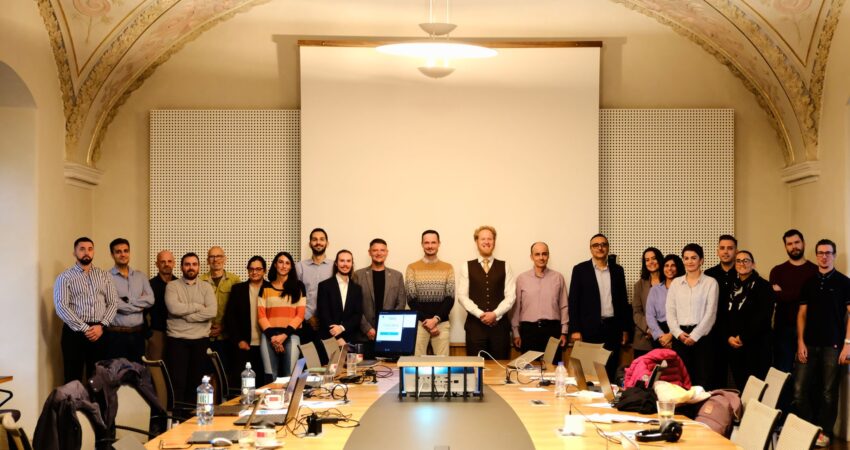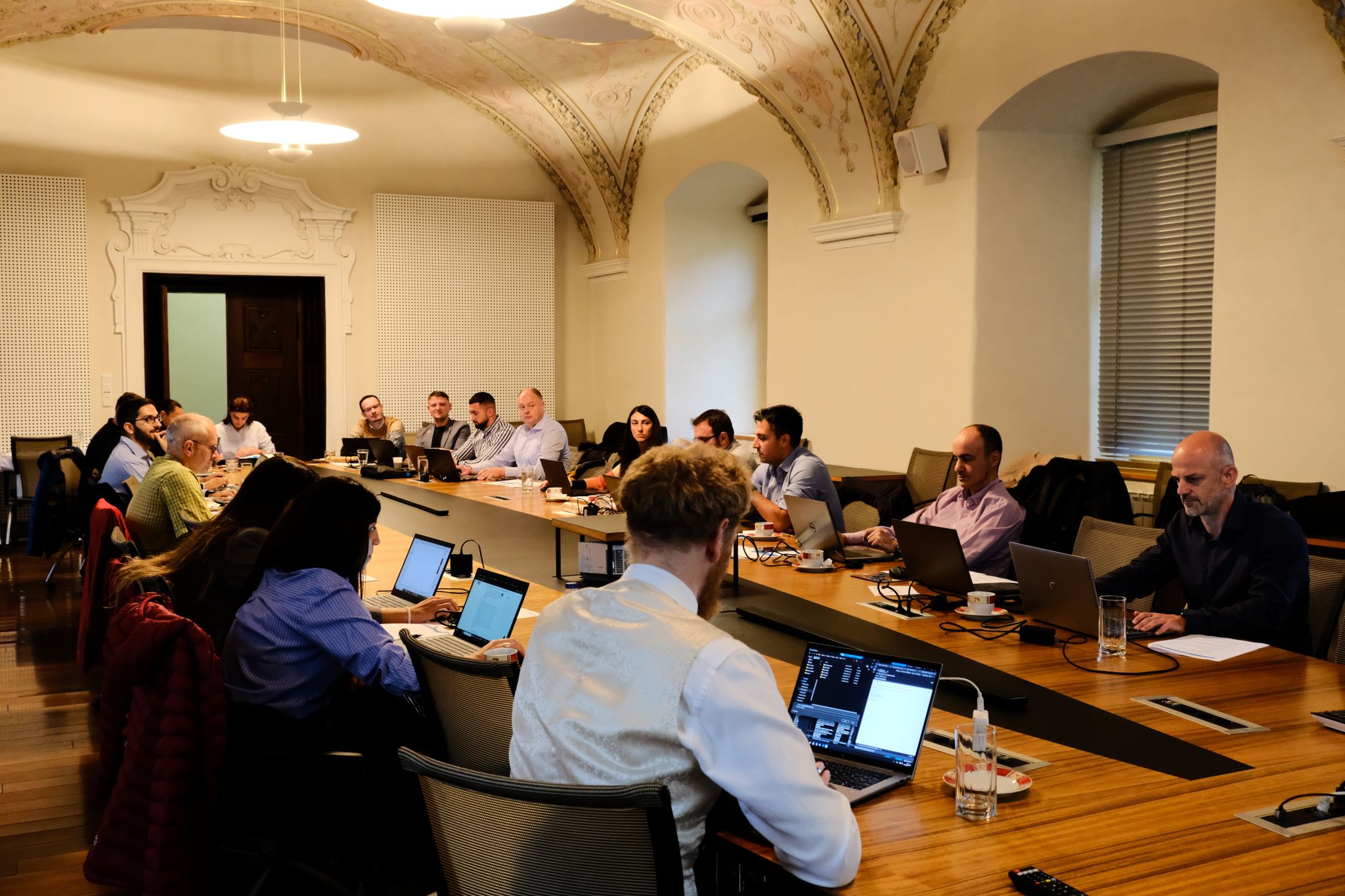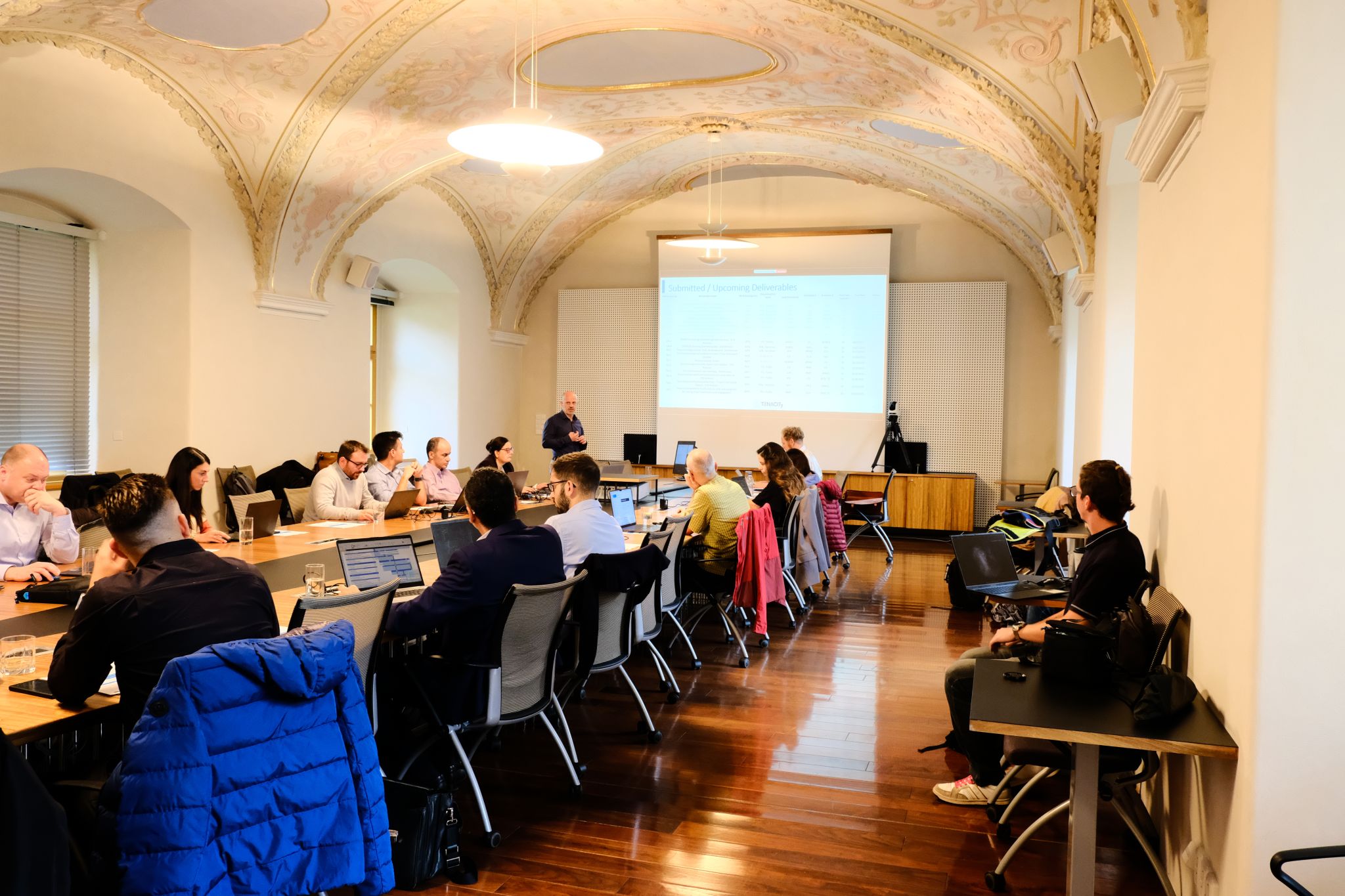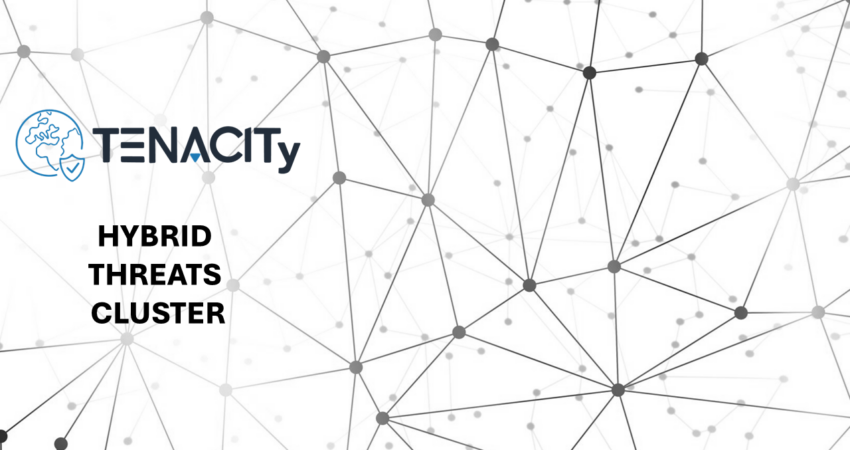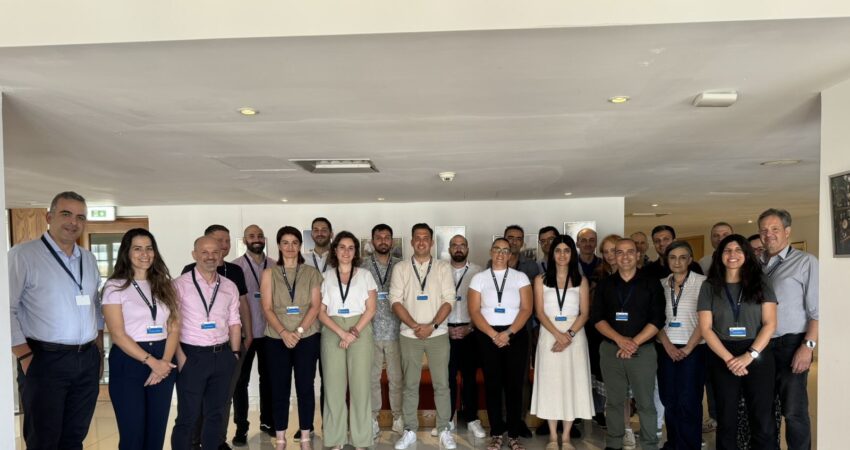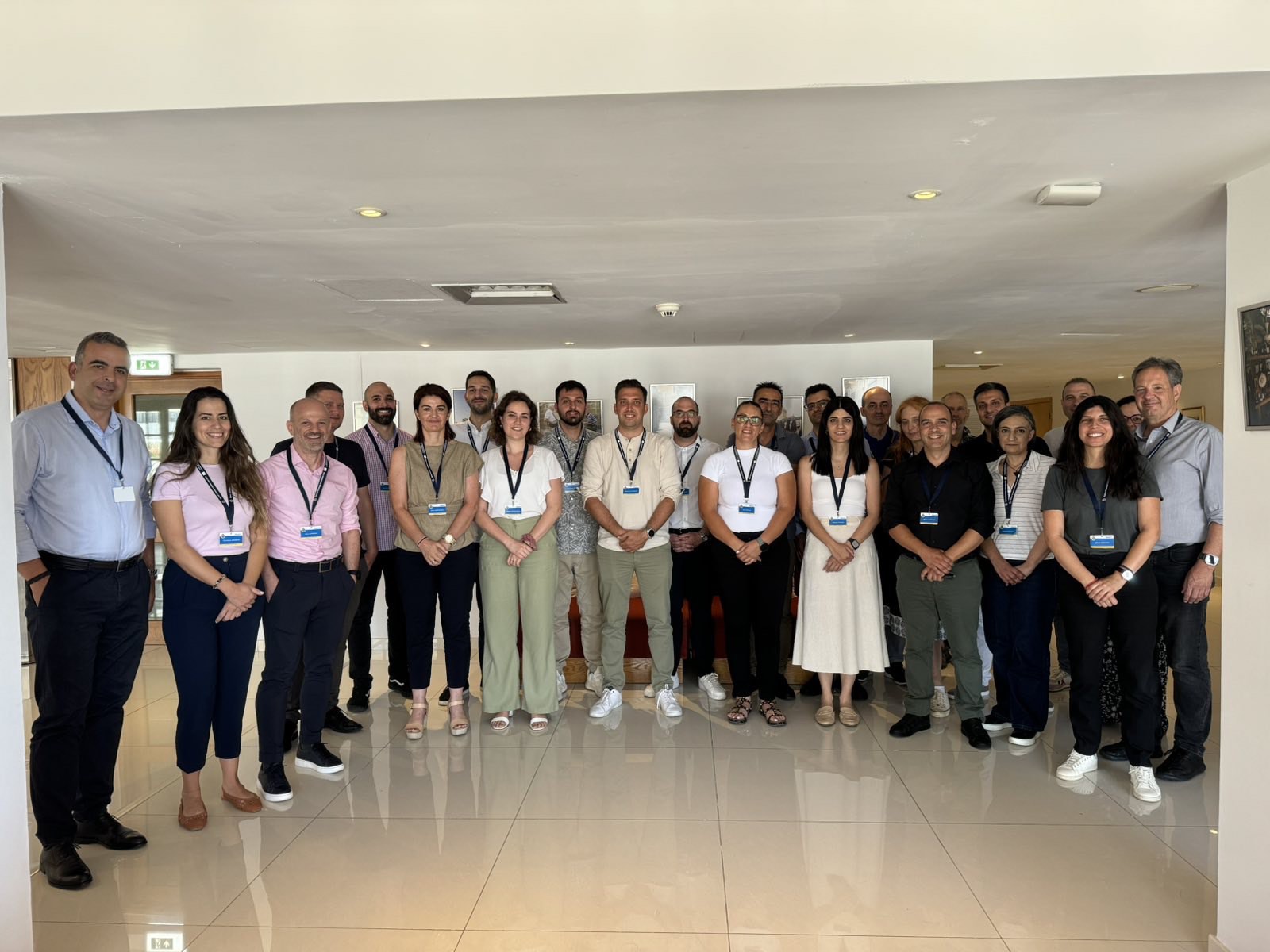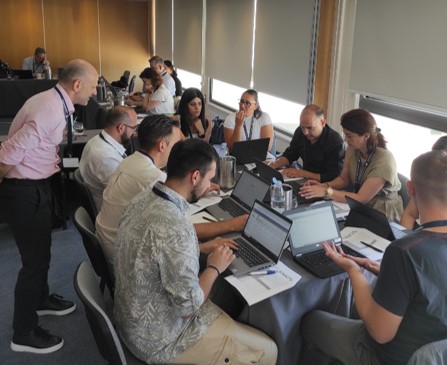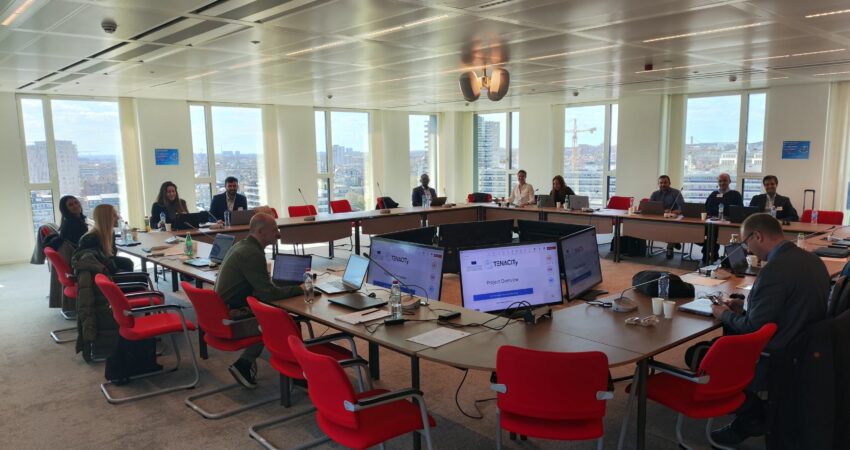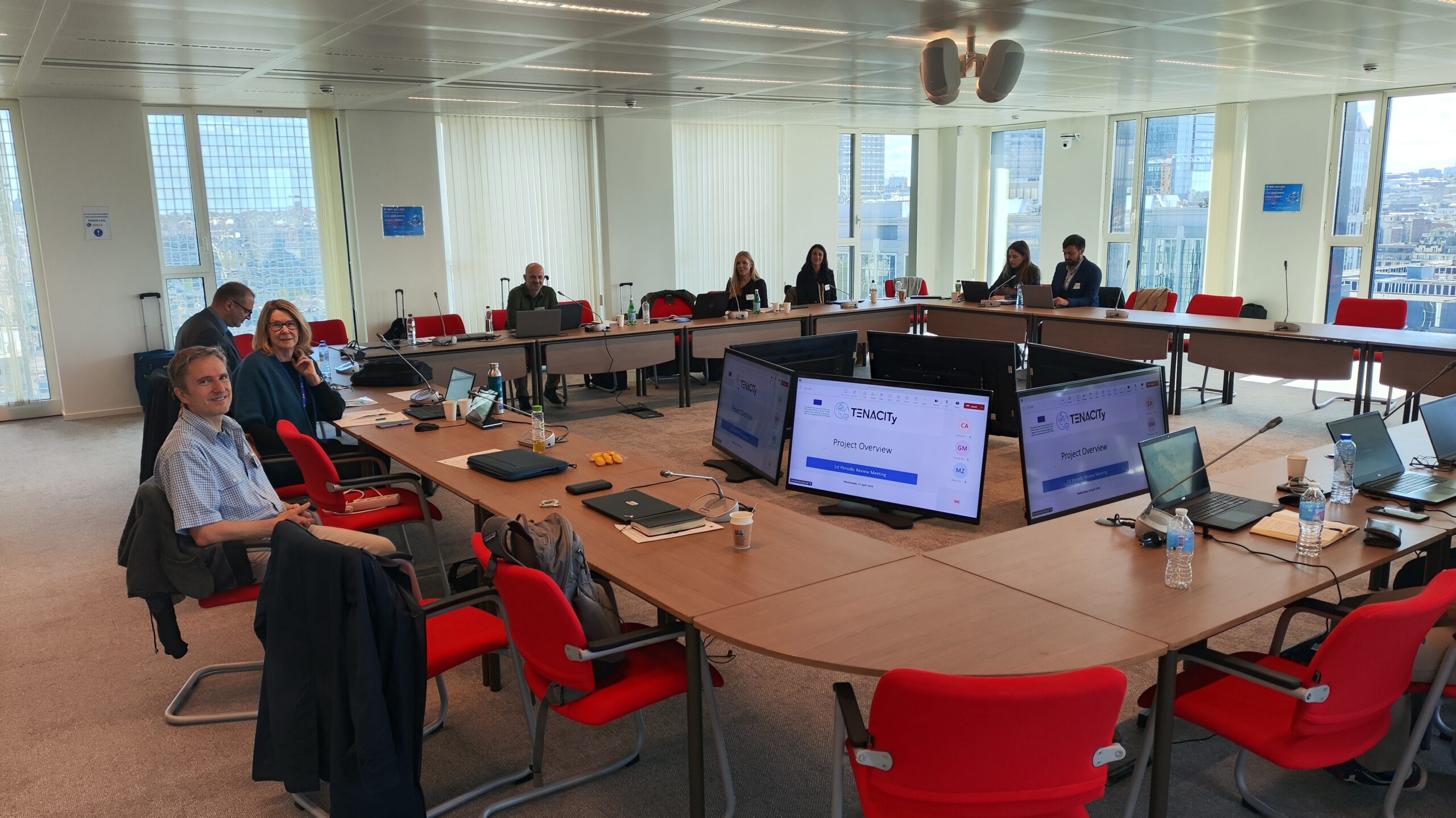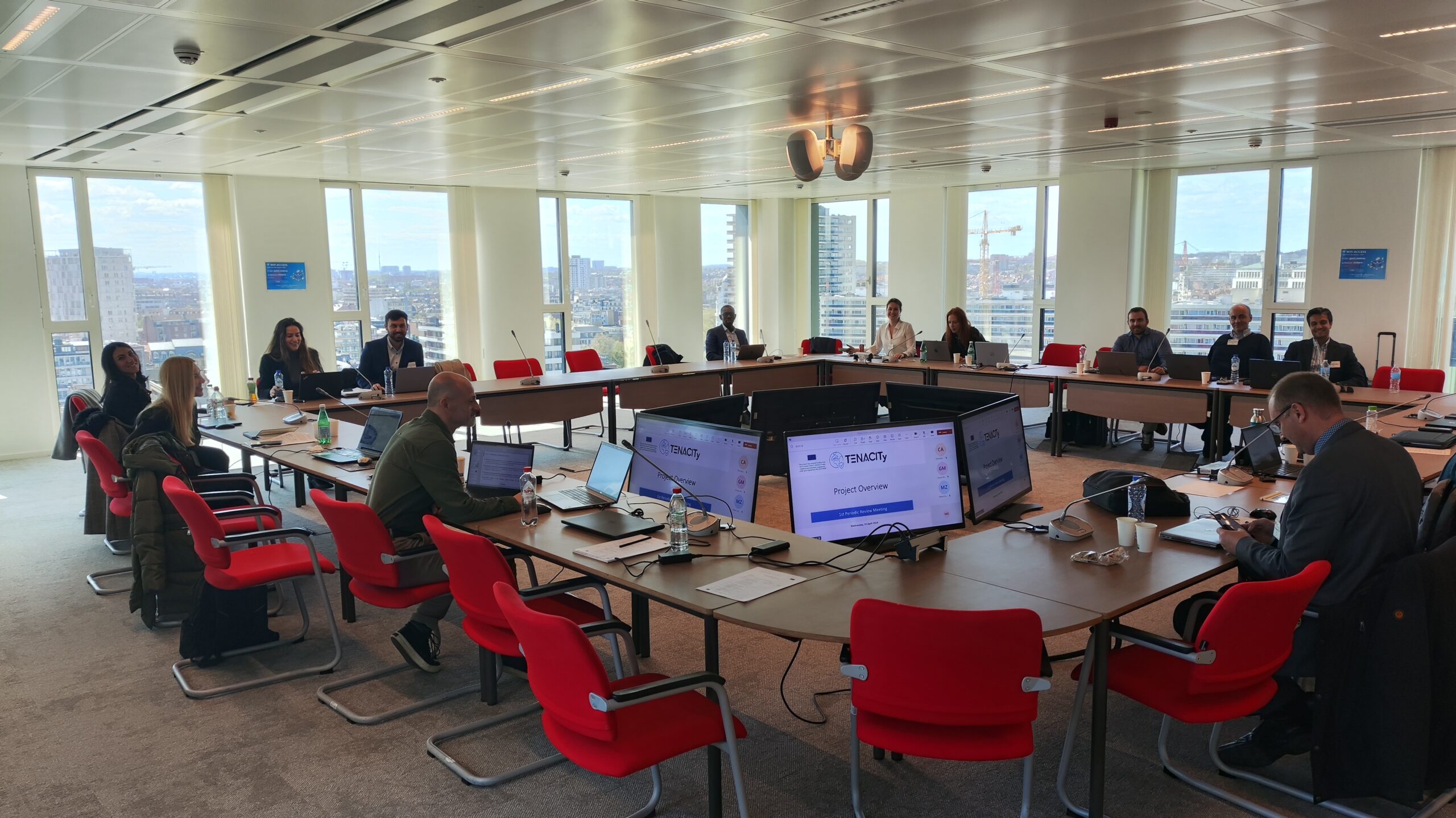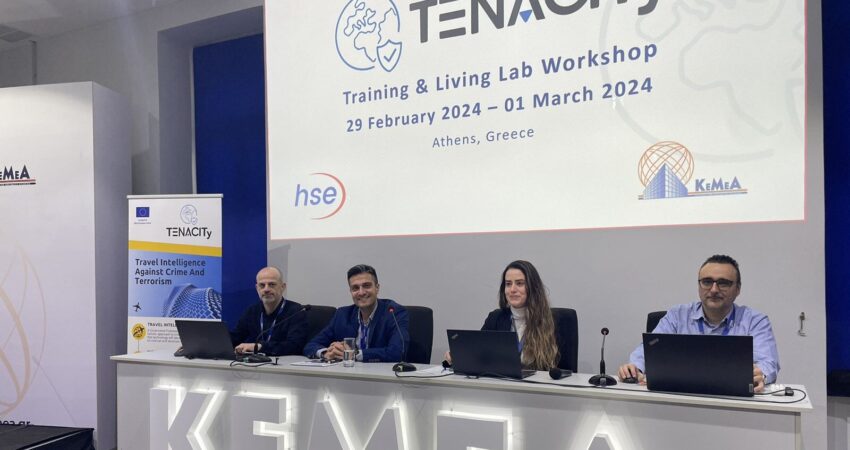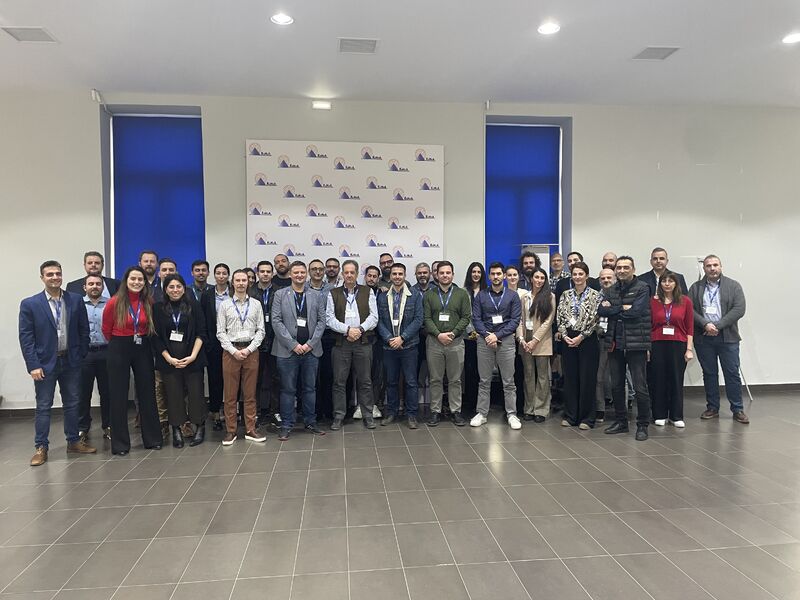Opening Remarks & Project Overview
The day began with welcoming remarks and an overview of the event’s goals. Attendees were introduced to the Final Pilot objectives and TENACITy’s strategic vision to enhance security and travel intelligence in Europe.
Key points:
- Overview of project achievements
- Introduction to the Travel Intelligence Governance Framework
- Importance of stakeholder collaboration
Virtual Large-Scale Exercise
Participants took part in a Virtual Large-Scale Exercise, simulating real-world conditions to evaluate the TENACITy tools in action. Divided into working groups, attendees were guided by technical partners during the scenario execution.
Key takeaways:
- Realistic testing environment
- Supportive hands-on collaboration
- Tool performance under simulated operational settings
Evaluation & Societal-Legal Aspects Discussion
Following the Virtual Large-Scale Exercise, participants completed the official EU Evaluation Survey, providing essential feedback on the usability and relevance of the TENACITy tools. The session continued with a dedicated discussion on the Regulatory, Legal, and Societal Aspects of travel data use, bringing together partners including Transcrime, Leibniz Universität Hannover, Nutcracker Market Research, and KEMEA. The discussion addressed critical challenges such as fragmented passenger data, inconsistent law enforcement protocols, and the legal and ethical safeguards required for cross-border data transfer and use. Researchers presented survey results from Passenger Information Units (PIUs) and Law Enforcement Agencies (LEAs) regarding the processing of Passenger Name Records (PNR) and Advance Passenger Information (API), highlighting the dual role of travel data in identifying both offenders and victims in aviation contexts. The session emphasized the need for stronger legal alignment, data protection standards, and fundamental rights safeguards to ensure the responsible and effective use of travel intelligence across EU Member States.
Tools Presentations & Technical Exchange
In one of the final sessions of the event, TENACITy consortium partners delivered a comprehensive overview of the suite of tools developed under the project. This session provided participants with valuable insights into both the technical architecture and operational relevance of each tool, along with honest reflections on the development process.
The discussion covered:
- Functionality & Use Cases: How each tool supports travel intelligence operations in real-world settings.
- Challenges Faced During Development: From integration complexities to ensuring compliance with evolving legal requirements.
- Lessons Learned & Future Improvements: Key takeaways from pilot testing and areas identified for refinement or scaling.
This discussion underlined how these tools, integrated within the TENACITy platform, can support Passenger Information Units (PIUs), Law Enforcement Agencies (LEAs) and other security stakeholders in their mission to prevent and respond to security threats in a timely and ethical manner.
Consortium partners who contributed to the tools discussion included:
- Space Hellas S.A.
- Brno University of Technology, Faculty of Information Technology
- European Dynamics
- Hardware and Software Engineering (H.S.E.)
- University of Sheffield
Closing Insights: Data, Risk, and the Future of Travel Intelligence
The final sessions of the TENACITy Final Pilot & Conference brought together technical experts, researchers, and policy stakeholders for a forward-looking discussion on the power of data in the fight against crime and terrorism.
Panel: Power of Data in Fighting Crime & Terrorism
A high-level panel explored the vital role of data governance, trust, and interoperability in modern security practices. Speakers emphasized:
- The need for responsible and ethical use of data in law enforcement and border management.
- The importance of building trust with citizens to ensure social legitimacy and transparency.
- Opportunities to enhance the operational efficiency of Passenger Information Units (PIUs) through smarter, integrated solutions.
Tools & Technical Session: Risk, AI & Intelligence
In a dedicated tools discussion, Transcrime, alongside EUROPEAN DYNAMICS, ICCS – NTUA, and SPACE HELLAS S.A., presented technical insights drawn from the development of TENACITy’s actionable intelligence tools and its Risk Management Framework for commercial flights.
Key points addressed:
- The persistent challenge of the ‘dark figure’ undetected or unreported crime within air travel contexts.
- The need for AI explainability and transparency in decision-making tools.
- Cross-sector collaboration gaps and the limited availability of behavioral data that hinder the accuracy of profiling and analysis.
- The complexities of integrating evidence-based risk indicators into operational workflows and decision-support systems.
These final reflections closed the event on a strong note, reaffirming TENACITy’s commitment to ethically grounded innovation and advancing the future of European security and travel intelligence.
Closing Remarks
We extend our sincere gratitude to all participants, consortium partners, Passenger Information Units (PIUs), Law Enforcement Agencies (LEAs), and stakeholders who contributed to the success of the TENACITy Final Pilot & Conference.
We also thank the synergy projects MELCHIOR and FALCON for their valuable collaboration throughout the event, with the FALCON Project being presented during the closing sessions.
Together, these efforts reinforce our shared commitment to advancing ethical innovation and strengthening the future of European security and travel intelligence.
